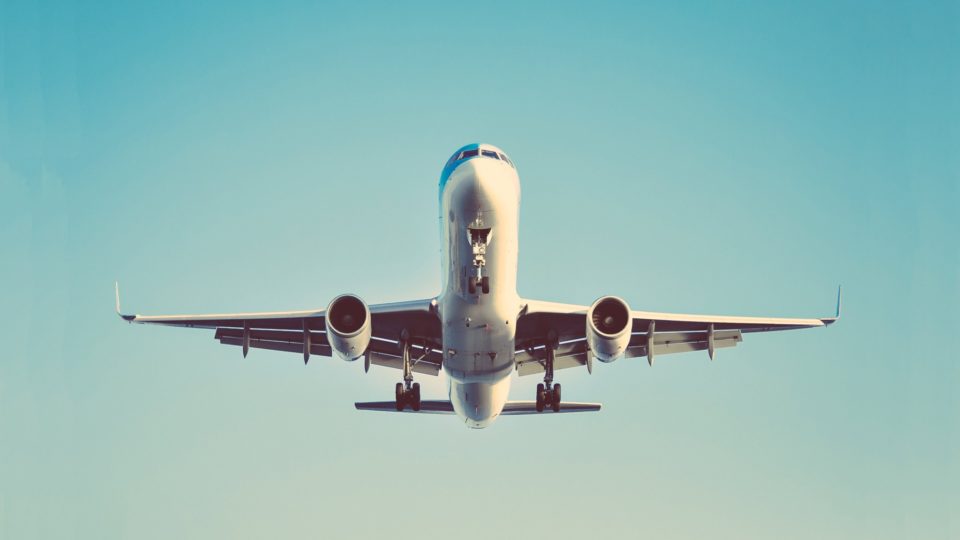Posted On May 26, 2020
The skies are looking a bit different these days.
Millions of flights have been cancelled due to the COVID-19 pandemic, and air passenger traffic is down 63% globally compared to last year. That means planes across the globe are grounded. Because passenger flights typically also transport goods in the belly of the plane, those cancellations have resulted in a capacity shortage for air cargo shipping.
Like all situations involving supply and demand, less supply (in this case, less room on flights) means higher costs.
But some passenger airlines have come up with creative solutions to bring in revenue while providing shipping opportunities to businesses in need: instead of people, the cabins are now filled with cargo.
That’s right: instead of the usual crowd of passengers, luggage and flight attendants, the cabins of planes on airlines like American Airlines and Delta are filled with freight. Some airlines have removed the seats to make the most of the cabin space, while others, like Air France, are securing cargo into the seats (although we’re guessing they aren’t getting any in-flight snacks).
What do these changes mean for your company?
While we’re all seeing the ripple effects of supply chain issues like these, many U.S. companies won’t see their products flying in first class. America’s existing infrastructure, including ground shipping and cargo planes, has, for the most part, allowed domestic shipping to continue uninterrupted. And the extreme cost of air freight right now means that unless the cargo is urgent or fresh, transporting by ground or sea is usually the best option.
However, companies that depend on international shipping are having to adjust to the changes.
So what should you consider if you need to ship cargo on a passenger plane?
A new approach to shipping means new parameters to meet.
Often, airlines are breaking down pallets of cargo to fit as much as they can in the cabin—think Tetris but 35,000 feet in the air. So if you don’t want your pallet or skid to be broken down, make sure to communicate that to the airline or third-party logistics company.
You might also need to change the configuration of your cargo to make sure it fits the dimensions of the cabin door; you don’t want to have delays because the shipment wouldn’t fit through the door.
Overall, companies that rely on international shipping need to be prepared for unforeseen circumstances and ready to innovate—and partner with companies that can ensure a smooth transition.
Flat World’s Approach
Flat World has helped several of our clients navigate this new method of international shipping. As our industry innovates to solve global issues, we’re making sure our clients are keeping up by finding alternative solutions in the marketplace.
Check back here for updates on new advances in shipping and reach out if you want to talk about your company’s shipping methods. We’ll help you determine the best solution for your business needs, even as the industry—and world—continues to change.

